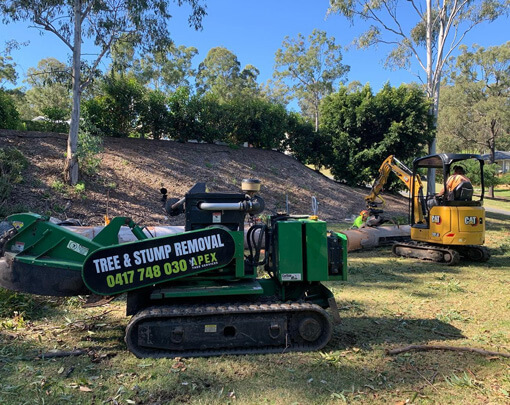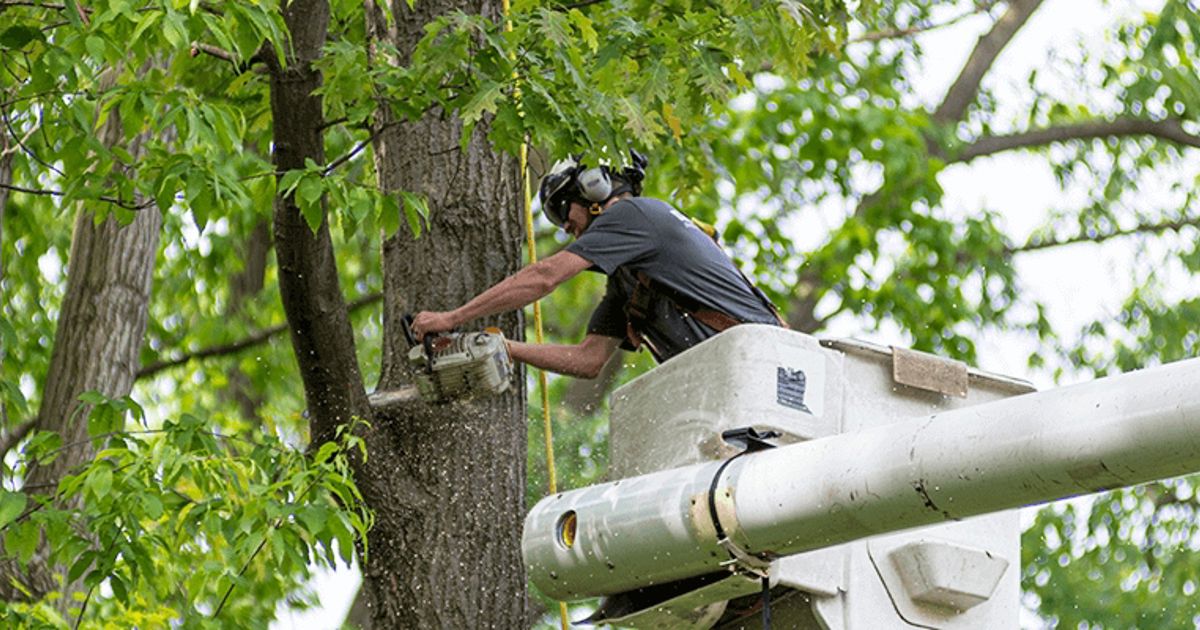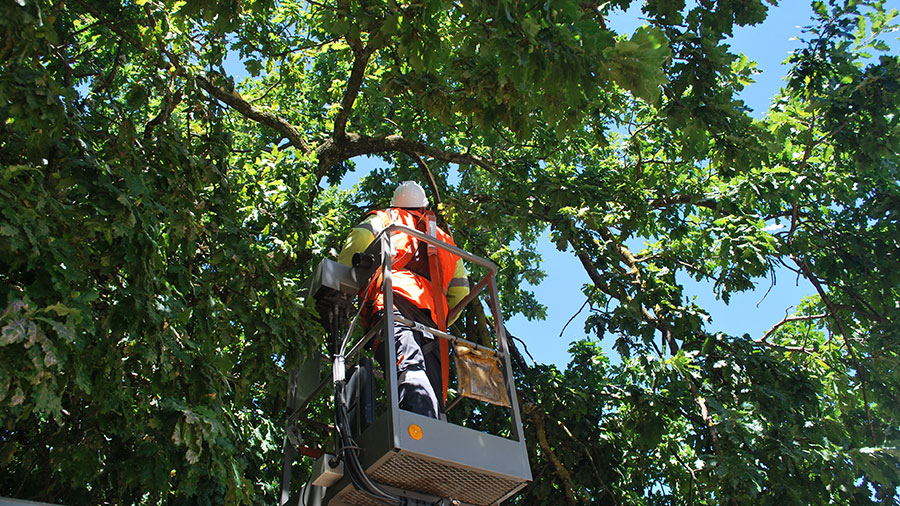All Categories
Featured
The removal of trees can develop open areas that are vulnerable to weed invasion. When trees are present, their dense covers typically shade the ground, restricting the quantity of sunshine that gets to the soil. After the removal of trees, these open areas receive enhanced sunshine, providing ideal problems for weed growth.

They may recommend the usage of mulch, which acts as a protective obstacle on the soil surface, stopping weed seeds from germinating and suppressing weed development.

The visibility of trees promotes an abundant and varied neighborhood of soil microbes. Tree origins provide a source of raw material, exudates, and nutrients that sustain the growth and task of beneficial dirt microbes. When trees are gotten rid of, the absence of their origins can interfere with the fragile balance of the dirt's microbial environment.
What Is The Best Spring Tree Services Wollongong
This modification in pH can affect nutrition accessibility, microbial activity, and overall dirt wellness. To address the impacts of tree reducing on soil pH, tree elimination experts can provide important advice. They may advise dirt screening to assess the present pH degrees and figure out the necessary adjustments. Based upon the outcomes, specialists can suggest pH adjustment techniques, such as adding lime to raise soil pH or including elemental sulfur to lower it.

It refers to the compression of soil bits, resulting in lowered pore room and raised soil density. This compaction can adversely impact the dirt's capability to operate efficiently, influencing its water-holding capacity, vitamins and mineral schedule, and origin penetration. Appropriate techniques utilized by tree elimination professionals can aid decrease compaction and preserve the soil's capability to retain water, and enable ample air movement and mindful equipment handling.
Latest Posts
How Do I Find A Tree Removal Wollongong Service?
The Best Tree Cutting Wollongong?
Should I Hire A Professional Pressure Washing Contractor?